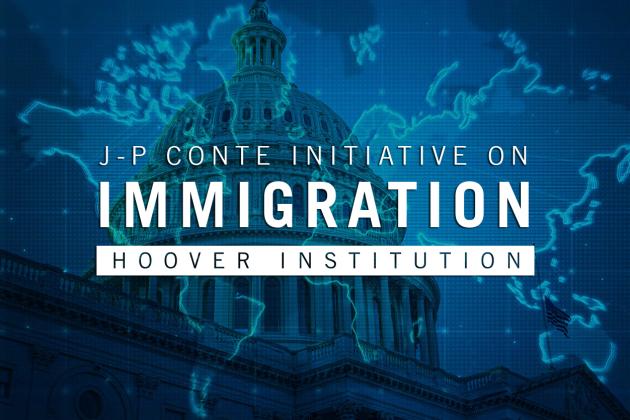PARTICIPANTS
George Selgin, John Cochrane, Darrell Duffie, George Shultz, Scott Atlas, Michael Boskin, Charles Calomiris, Sijia Chen, Paul Gregory, John Gunn, Bob Hodrick, Mathias Jimenez, John Kramer, Matteo Leombroni, Wenhao Li, Livio Maya, Ciaran Rogers, David Mulford, Josh Rauh, Paul Schmelzing, John Taylor, Ramin Toloui, Jim van Horne, David Yang, Jiwei Zhang, Eric Zwick
ISSUES DISCUSSED
The Federal Open Market Committee announced on January 30 that it “intends to continue to implement monetary policy in a regime in which an ample supply of reserves ensures that control over the level of the federal funds rate and other short-term interest rates is exercised primarily through the setting of the Federal Reserve's administered rates, and in which active management of the supply of reserves is not required.” Statement Regarding Monetary Policy Implementation and Balance Sheet Normalization.
The key questions that now need to be addressed are: (1) what should be the size and nature of the Fed’s balance sheet when and if the current regime can no longer continue? (2) how should the central bank conduct monetary policy in this new regime?
A policy workshop, chaired by John B. Taylor with presentations by George Selgin, George Shultz, Darrell Duffie, and John H. Cochrane, delved into these questions.
George Selgin, Director of the Cato Institute's Center for Monetary and Financial Alternatives, lead off with a presentation of his highly-relevant book Floored! - How a Misguided Fed Experiment Deepened and Prolonged the Great Recession. He provided a critical account of the Fed’s “floor” monetary policy in which changes in the administered interest rate on reserves, rather than the supply and demand for reserves, determines the policy interest rate.
George Shultz then described how monetary policy changed over the years in the U.S. with examples from the period when Arthur Burns was chair of the Fed.
Darrell Duffie presented his analysis of the key micro and macro issues that are relevant to determining the level of reserves and size of the Fed’s balance sheet, describing some of the market-based reasons for operating a “floor” regime with a higher level of reserves.
John Cochrane then provided an overview and summary of the issues, followed by responses from the presenters, statements of other views, and an open debate with questions and answers.









